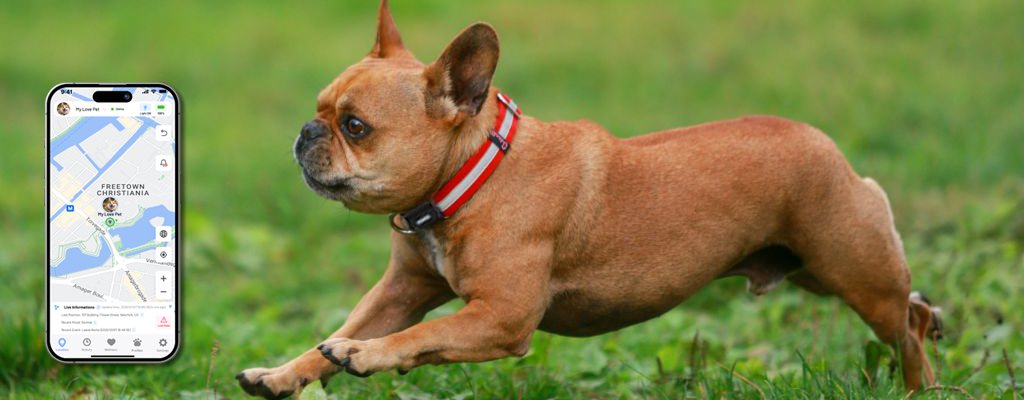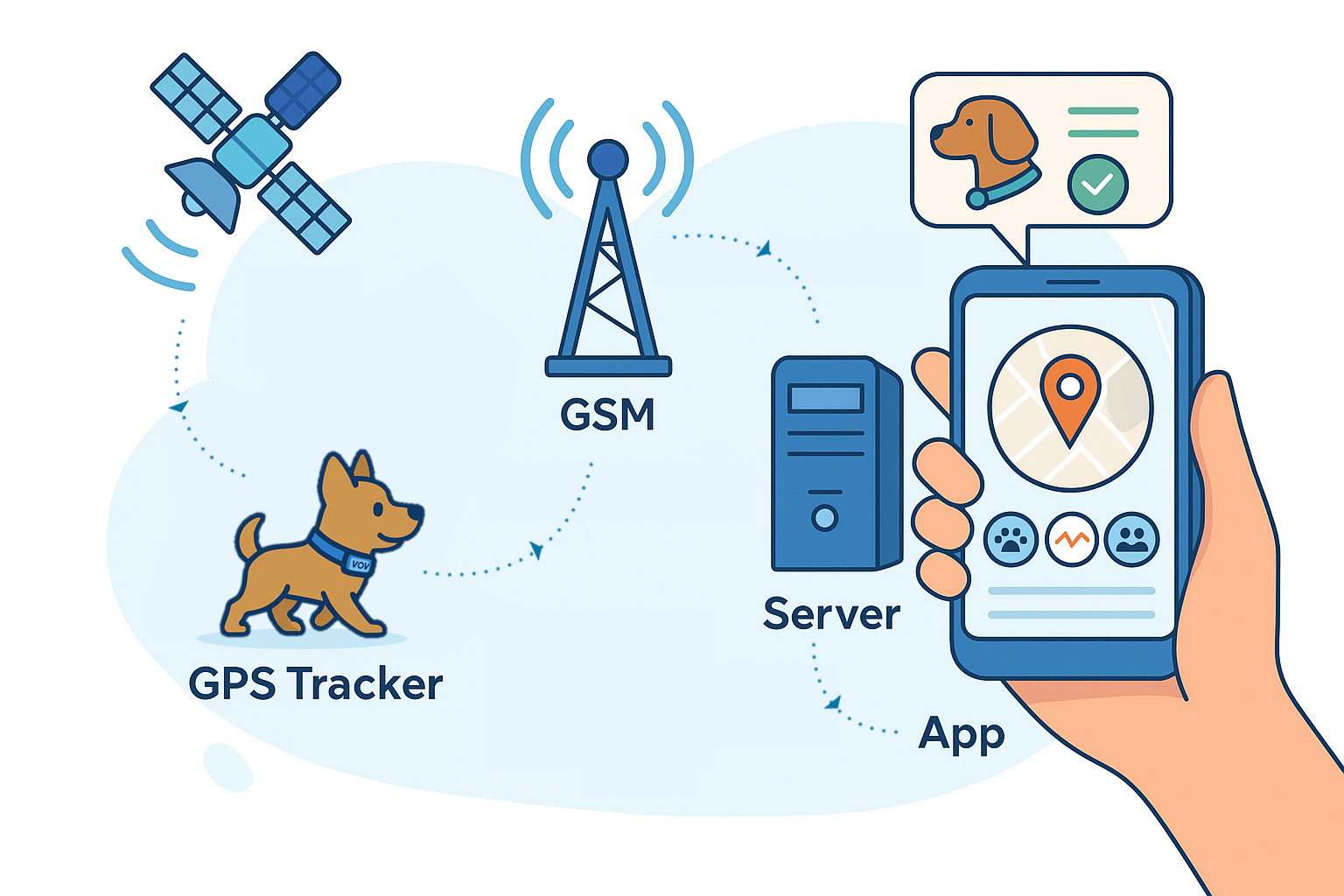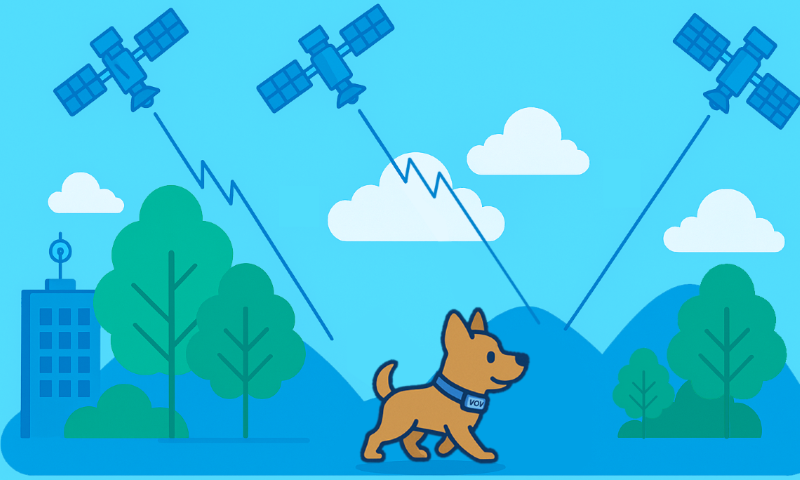
Pet GPS trackers provide an essential way to monitor your furry friend’s whereabouts, giving you peace of mind. However, you may occasionally notice location inaccuracies or delays. Understanding what affects GPS accuracy can help you optimize your tracker’s performance.
The VOV Smart Care Pet GPS Tracker supports multiple positioning technologies, including GPS, Wi-Fi, LBS, and BLE, allowing precise real-time tracking of your pet.
Most pet trackers use GPS satellites to determine location, combined with Wi-Fi, Bluetooth, or cellular networks to send data to your phone. GPS works best in open outdoor areas, but certain factors can impact its accuracy.

First of the factors that Signal Interference & Obstructions. GPS signals require a clear line of sight to satellites. Tall buildings, dense forests, or being indoors can weaken the signal, leading to inaccurate positioning. Weather conditions like heavy rain or storms may also affect GPS performance.
Second of the factors that Location Update Frequency. Faster updates provide more precise tracking but consume more battery. Reduce update frequency when stationary to save battery. This means location updates may appear delayed.
Third of the factors that Network Connectivity, GPS trackers rely on cellular networks (4G, LTE), Wi-Fi, or Bluetooth to transmit data. If the network signal is weak, the location may not update in real time. Switching between different networks (e.g., from Wi-Fi to LTE) can cause temporary inaccuracies.
Fourth of the factors that Battery Level, Low battery power may cause delays or reduce GPS performance. Ensure your tracker is sufficiently charged before use.